6 Festive Types Of Holly To Grow – For A Holly Jolly Holiday Display
There are many types of holly plants and species. Holly plays an integral part in many holiday displays. Learn about some varieties to grow at home.

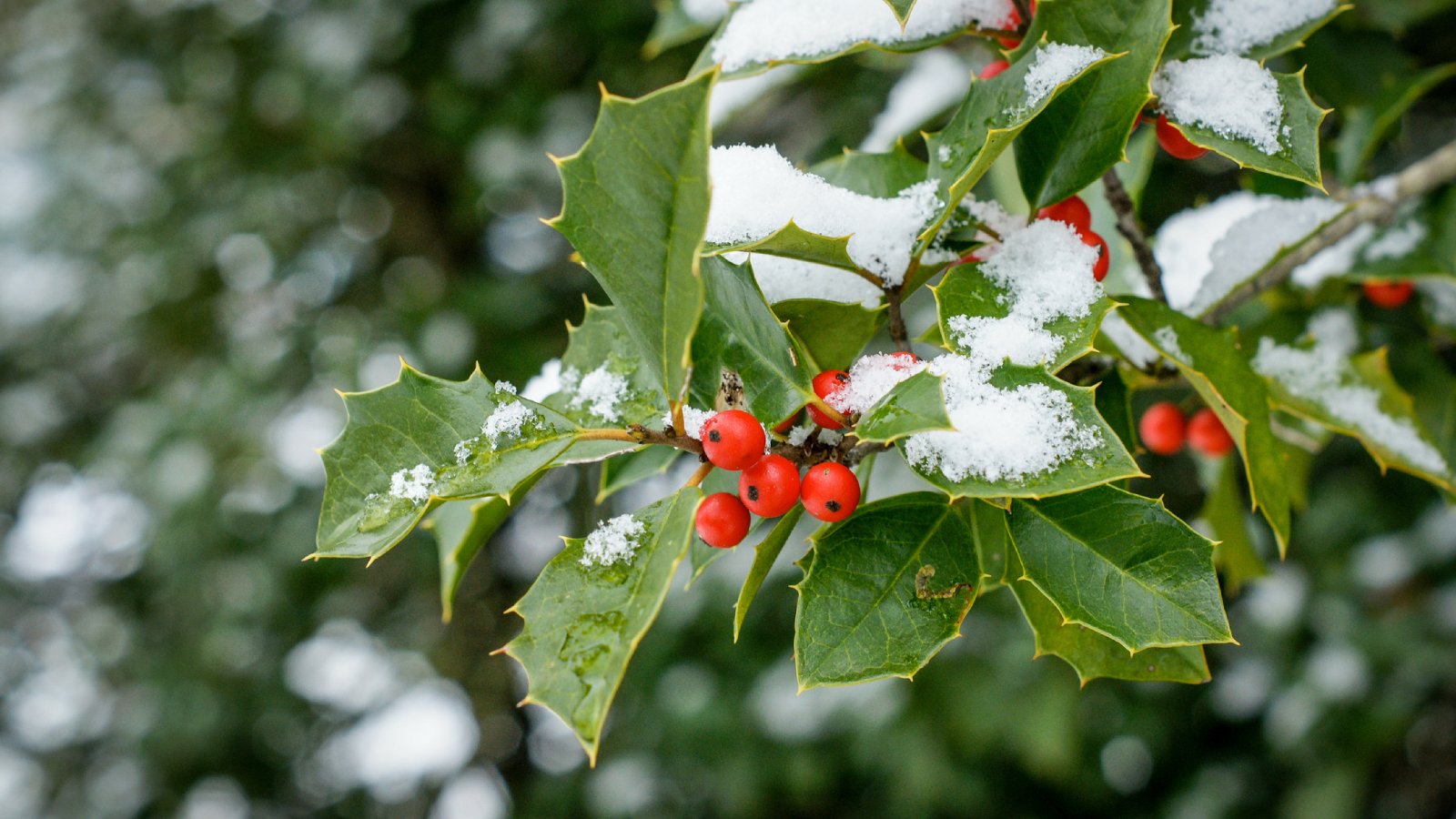
Hollies are popular plants, especially around the holidays when thoughts turn to decking the halls. If you decide to add a holly to your landscape, you’ll find a wide variety of types of holly to choose among. There are some types of holly plants that turn into large trees, some holly plant species that become large shrubs, and others that stay dwarf shrubs. Different types of holly come in many forms, from large trees to dwarf shrubs.
Even in the most common varieties, both male and female holly plants have shiny green leaves that make them look festive. Female plants produce bright berries like the boughs of holly associated with Christmas.
Festive Types of Holly
If you are looking for a holly tree that will add to the holiday spirit, consider these holly varieties. They range from great backyard trees to dwarf plants you could raise as houseplants.
1. Yaupon holly "Nana" (Ilex vomitoria)
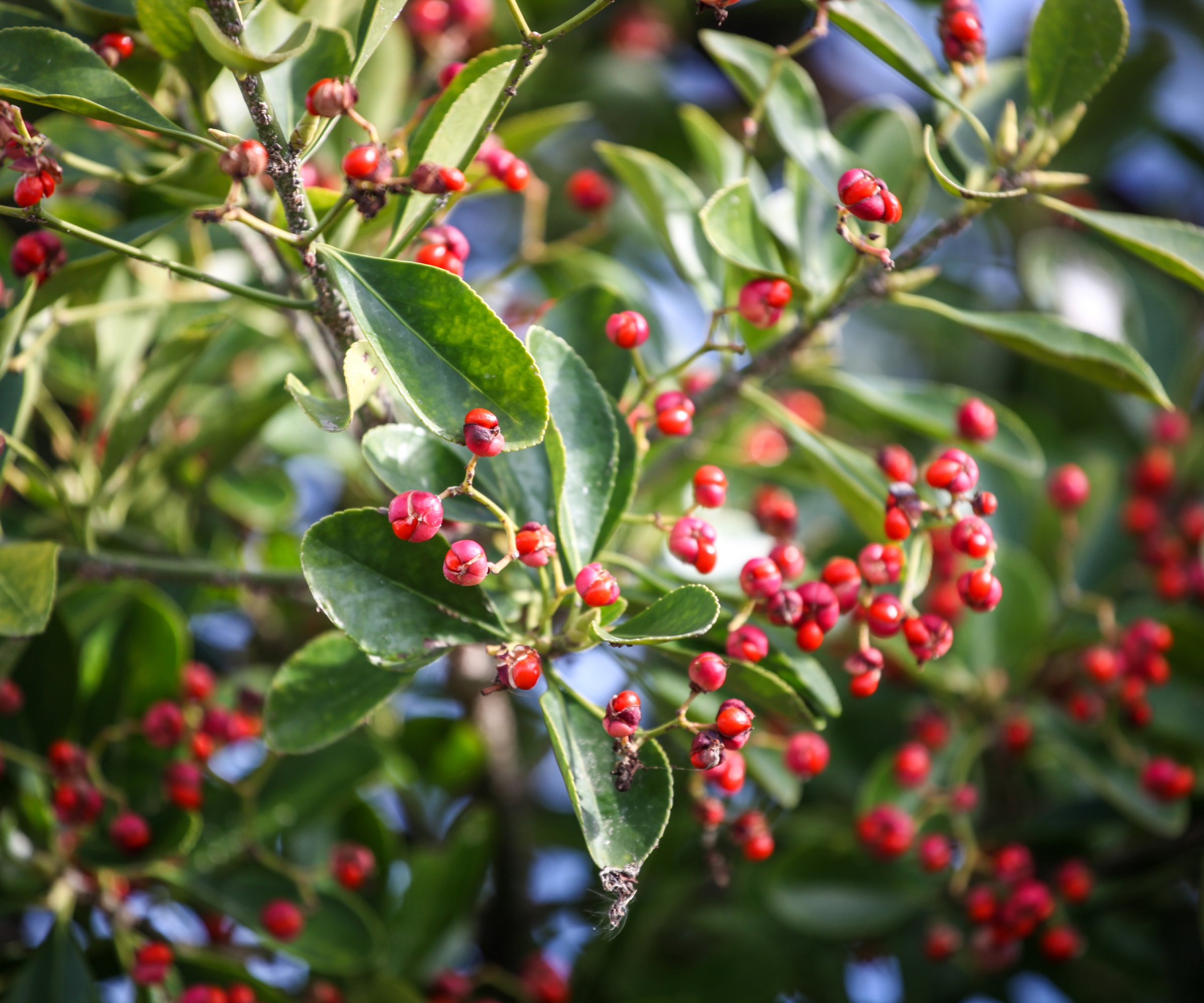
Yaupon holly commonly grows as a small tree, but compact, dwarf cultivars are particularly interesting. Yaupon holly has small leaves with smooth margins and female trees bear red berries that are appealing to birds and last much of the winter. This species of holly tolerates almost any type of soil, including wet soil and poor soil.
The dwarf cultivar "Nana" is a mounding plant, growing to 3 – 5 feet tall (1 – 2.3 m) and very broad. Native to the East Coast from Long Island, New York to central Florida and west to Texas, in South Carolina it grows into a small evergreen tree, 3 to 15 feet (.9 to 4.5 m) tall and 3 to 10 feet (.9 to 3 m) wide. Female plants produce small red berries in large clusters. New growth has a purplish tinge, which turns dark green. Yaupon Holly tolerates wind and hot climates better than most evergreen hollies.
2. Longstalk Holly (Ilex pedunculosa)
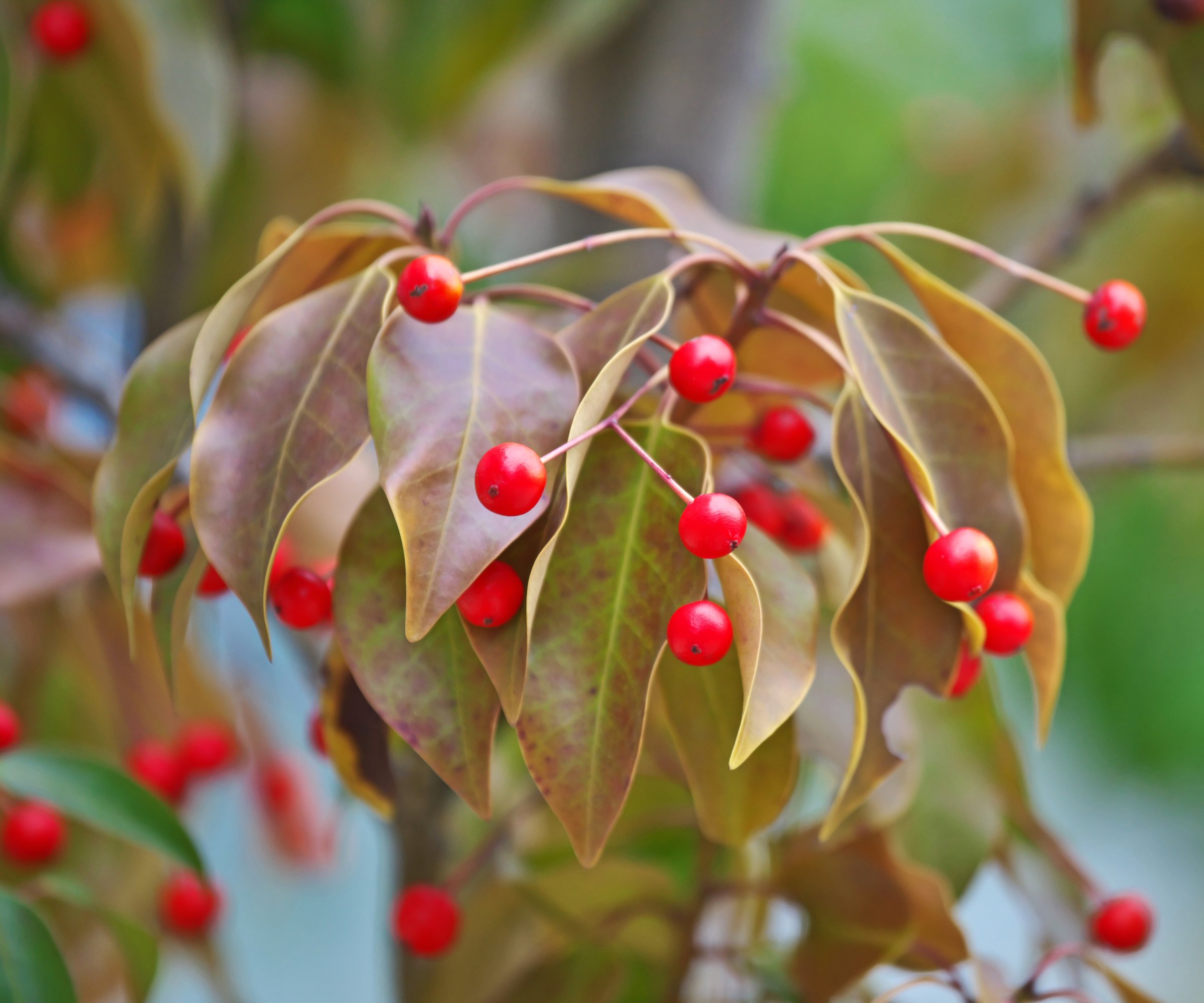
Longstalk holly is a winner! It was voted Holly of the Year for 2013 by the Holly Society of America. This holly species is a slow‐growing and hardy evergreen with attractive, smooth-edged leaves. Female plants grow red berries on long, drooping stalks that develop from small, fragrant flowers. They provided food for birds in winter.
This holly naturally takes the shape of a small tree, but it can be pruned into a dense broad shrub. Extremely cold-hardy, these hollies do not do well in hot climates.
Sign up for the Gardening Know How newsletter today and receive a free copy of our e-book "How to Grow Delicious Tomatoes".
3. Osmanthus heterophyllus "Goshiki"
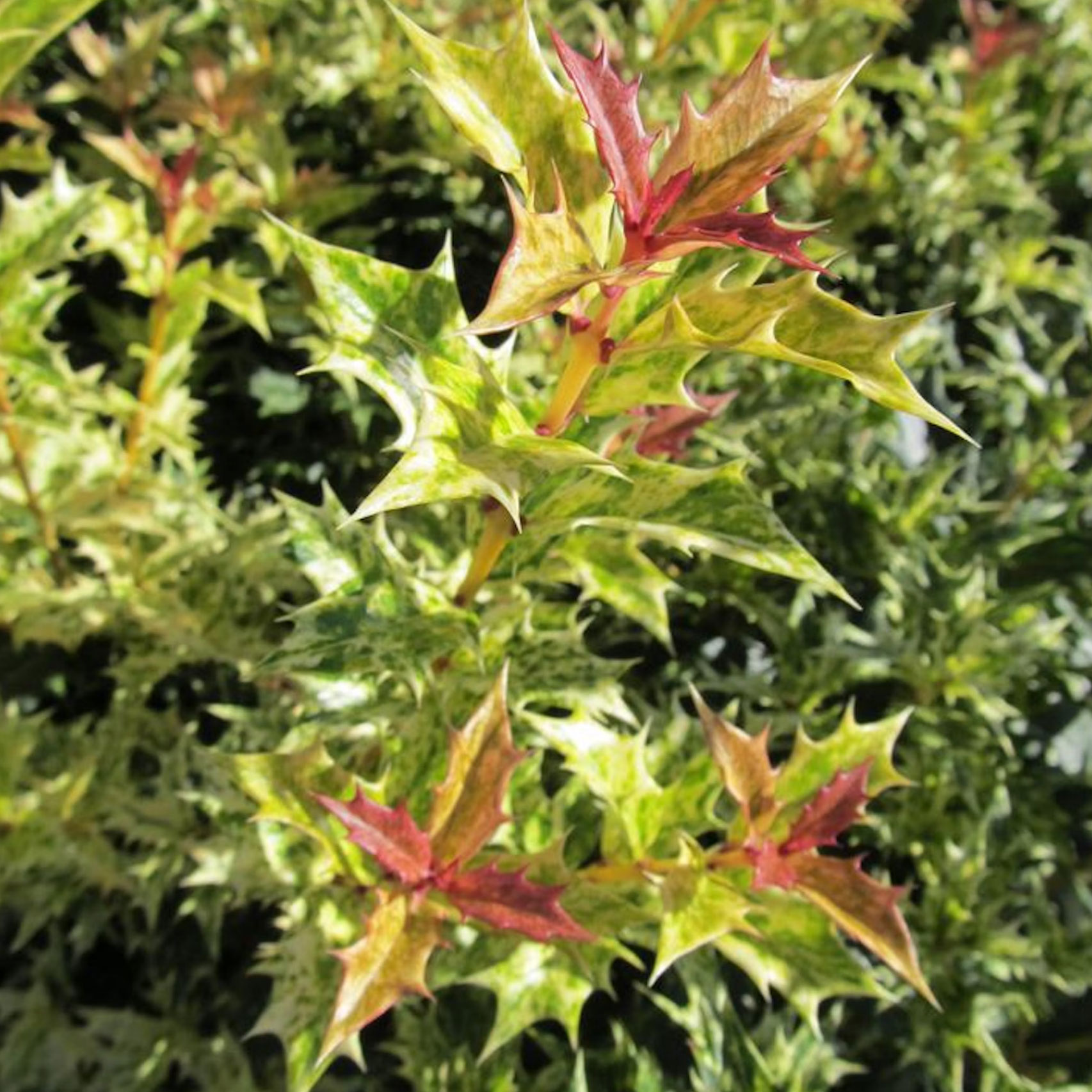
"Goshiki" is a landscape plant also-called false holly. It is not in the “Ilex” genus, but it looks like a holly. This dense, evergreen grows in a pyramid shape, and its holly-like foliage is green with gorgeous gold/cream variegation. When new foliage grows in, it is a rich shade of red-bronze. Goshiki is hardy in USDA zones 6-9 and grows happily in sun or part shade. After 10 years, it can grow to 10 feet tall (3.3 m) by 8 feet (2.6 m) wide.
You can find Goshiki false holly in the Gardening Know How Shop.
4. Ilex Glabra "Shamrock"
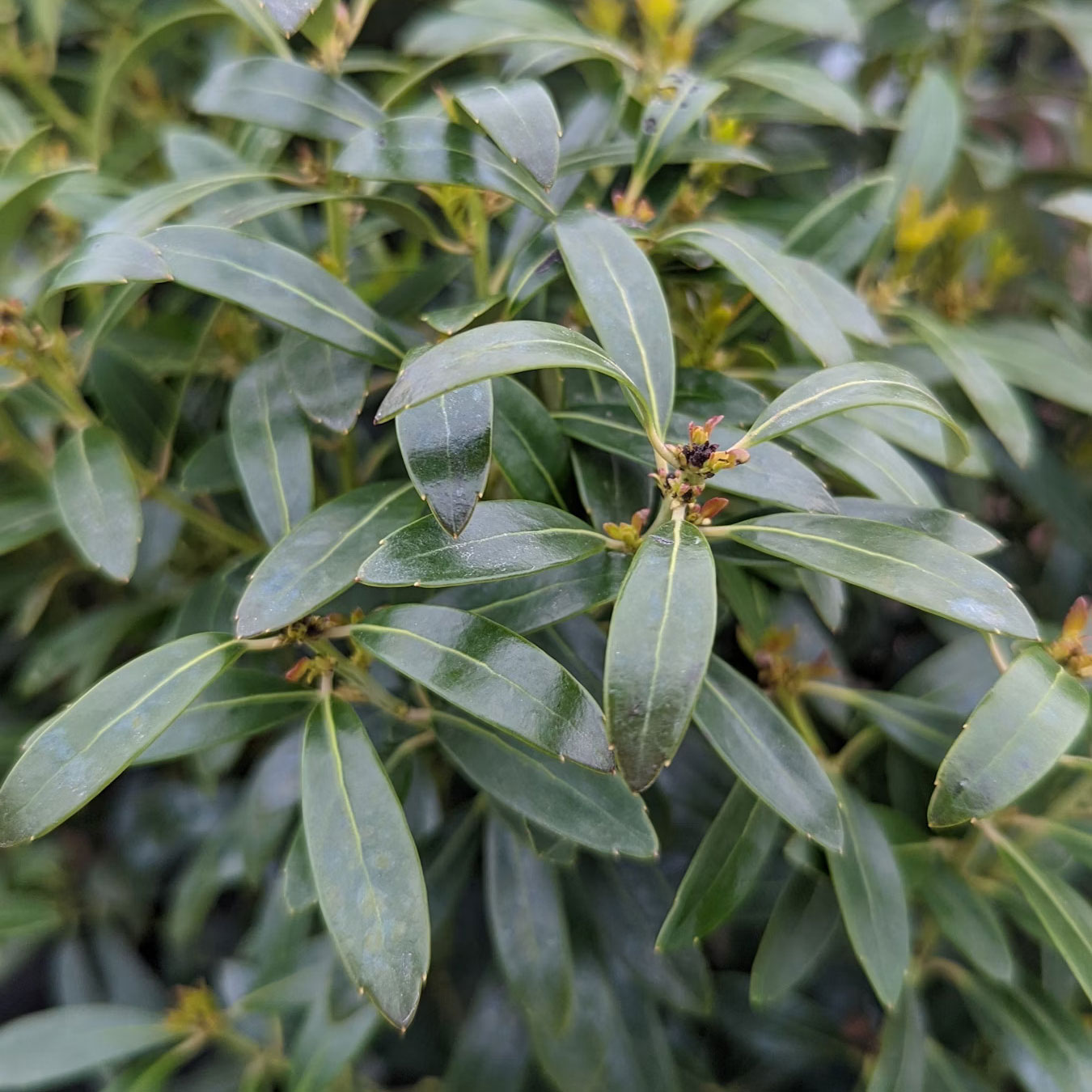
Ilex glabra is also called inkberry or gallberry. This is an upright, rounded evergreen holly that grows to 8 feet (2.6m) and can form colonies with its root suckers. The leaves are glossy and dark green with smooth margins and remain attractive in winter. The flowers – green-white- appear in spring on female trees. When pollinated, the flowers develop into black berries in early autumn. They can last through winter and serve as food for local birds.
With its dense, lustrous foliate, "Shamrock" is among the most popular cultivars of this workhorse species. It is also very cold-tolerant. "Shamrock" requires little maintenance and tops out at 4 feet (1.3m) tall and is virtually pest-free. It is a landscaper's dream.
Ilex Glabra "Shamrock" is available in the Gardening Know How shop.
5. Honey Maid Holly (Ilex x meserveae "Honey Maid")
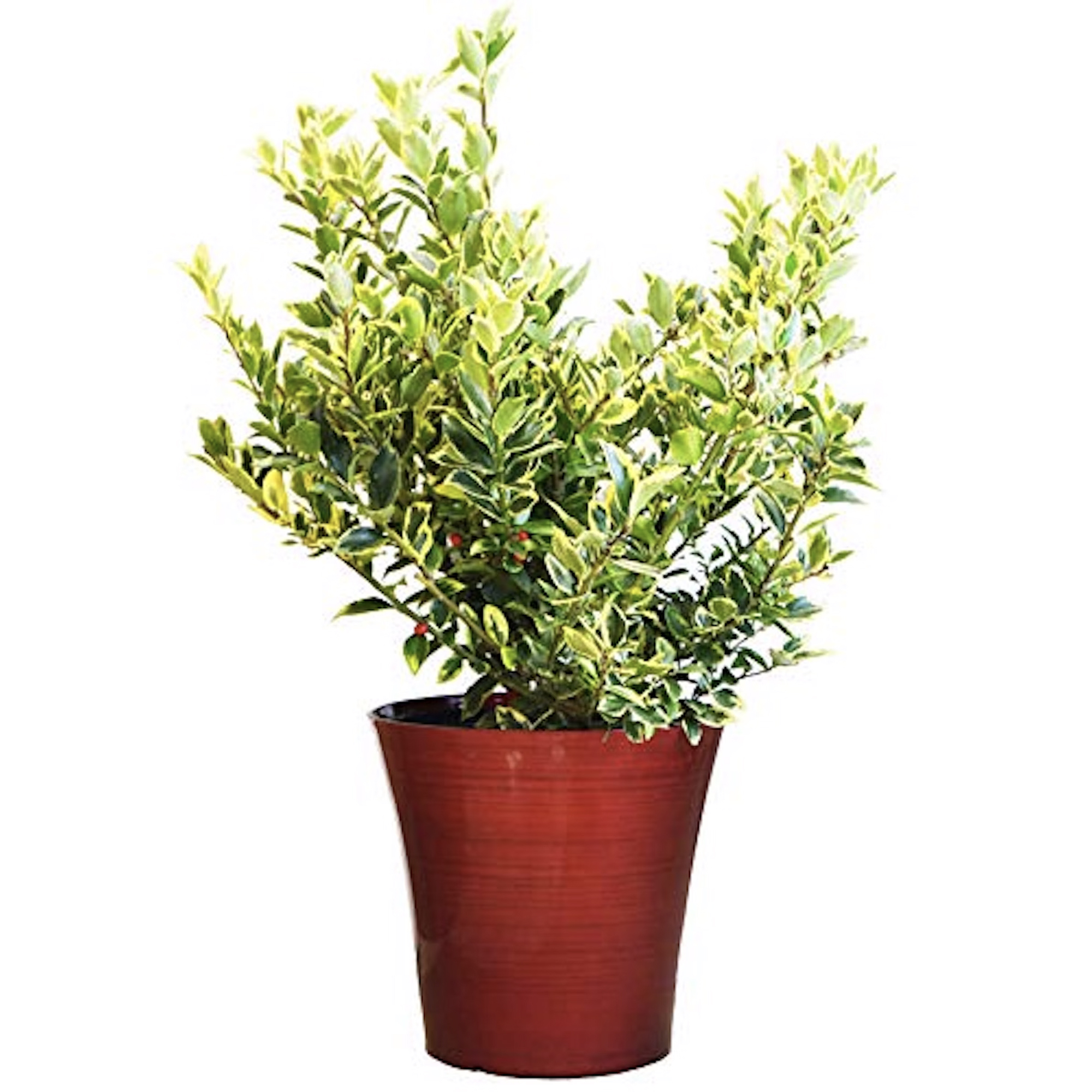
Honey Maid Holly (available in the GKH shop) is an utterly superb holly shrub, and its bright winter berries and variegated foliage add winter interest to your garden. The leaves of this holly species are spiky and green with yellow margins. It"s a female variety and – as long as you have a male tree nearby – it will produce glossy bright red berries in winter adding a real visual impact.
This cultivar naturally grows in an attractive pyramidal shape, some 12–15 feet (3-4m) tall in USDA zones 5-8. Its tiny white spring flowers attract pollinators, making it an appealing year-round shrub that offers a great landscape.
6. Ilex Glabra "Densa"
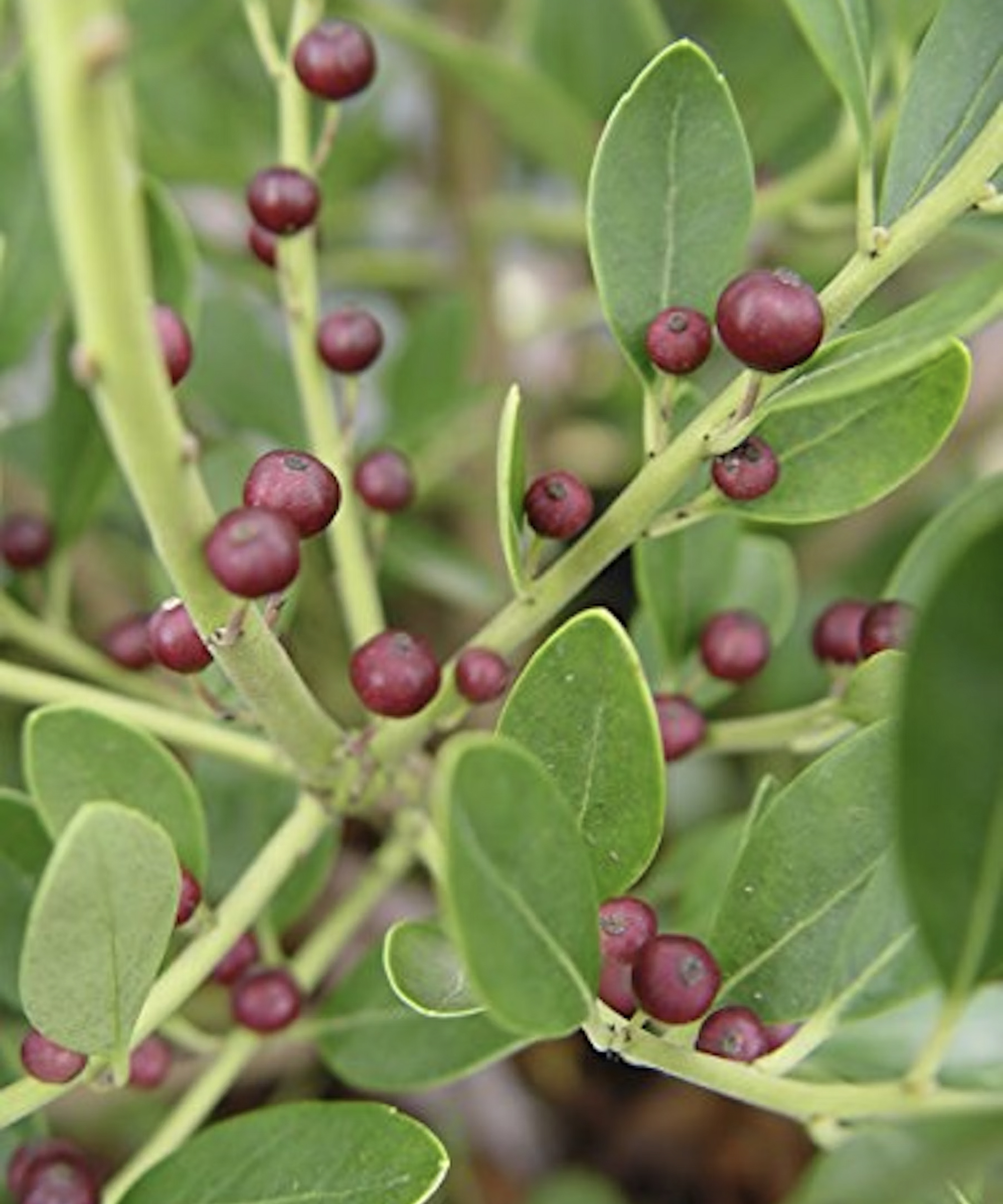
Another cultivar of the inkberry holly, the "Densa" cultivar is a dense, rounded shrub with small, glossy, dark green leaves. "Densa" usually grows to some 4 feet (1.3m) tall and wide but can sometimes grow bigger.
Tough and durable, this broadleaf evergreen holly is an outstanding plant, lovely to look at, and easy to grow, tolerating almost any soil type and exposure. It provides cover all year long for a variety of native bird species. At the same time, the blackberries offer the birds an excellent food source for the birds. You can get your own Densa Inkberry Holly in the Gardening Know How shop.
Frequently Asked Questions
How many varieties of holly are there?
The holly (Ilex) genus includes more than 400 species.
What hollies are native to the US?
Many different holly species are native to the United States. They include American holly, Yaupon holly, and dahoon holly, as well as a hybrid of American and dahoon called "East Palatka" holly.
Is a holly a tree or a bush?
Some hollies are tall trees, others are bushes, some tall, some small, and some dwarf shrubs.
This article features products available from third-party vendors on the Gardening Know How Shop.

Teo Spengler is a master gardener and a docent at the San Francisco Botanical Garden, where she hosts public tours. She has studied horticulture and written about nature, trees, plants, and gardening for more than two decades, following a career as an attorney and legal writer. Her extended family includes some 30 houseplants and hundreds of outdoor plants, including 250 trees, which are her main passion. Spengler currently splits her life between San Francisco and the French Basque Country, though she was raised in Alaska, giving her experience of gardening in a range of climates.